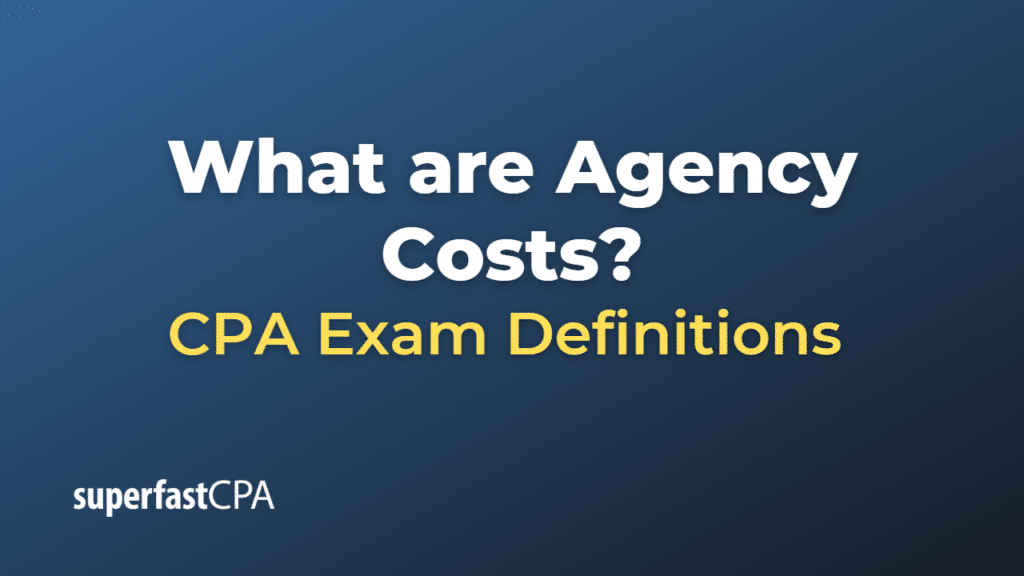Agency Costs
Agency costs refer to the expenses that arise due to the relationship between principals (owners or shareholders) and agents (managers or executives) in a business. These costs occur because the interests of principals and agents may not always align, leading to conflicts and inefficiencies. Agency costs can be classified into three main categories:
- Monitoring costs: These are the costs incurred by the principal to oversee and monitor the activities of the agent to ensure they act in the best interests of the principal. This may include expenses related to audits, board meetings, and performance evaluations.
- Bonding costs: These are the costs incurred by the agent to demonstrate their commitment to act in the best interests of the principal. This may include expenses related to implementing managerial contracts or incentive schemes, as well as providing financial disclosures to assure shareholders of the agent’s actions.
- Residual loss: This refers to the costs that result from the inability to completely align the interests of principals and agents, despite the existence of monitoring and bonding mechanisms. Residual loss may occur due to the agent taking actions that benefit themselves at the expense of the principal or failing to maximize shareholder value.
In summary, agency costs are the expenses that arise from conflicts and misalignments of interests between principals and agents in a business. They include monitoring costs, bonding costs, and residual losses.
Example of Agency Costs
Let’s consider a hypothetical example of a publicly-traded company, ABC Corporation. The company’s shareholders (principals) have hired a new CEO (agent) to manage the company and increase its value.
- Monitoring costs: The shareholders want to ensure that the CEO is working to maximize their returns. To do this, they might hire an external auditor to review the company’s financial statements, establish an independent board of directors to oversee the CEO’s actions, and create a committee to assess the CEO’s performance regularly. The costs associated with these activities are examples of monitoring costs.
- Bonding costs: The CEO wants to assure the shareholders that she is committed to increasing the company’s value. To demonstrate this commitment, the CEO might negotiate a contract that ties her compensation to the company’s performance, such as stock options or bonuses based on revenue growth. The cost of designing and implementing this performance-based compensation package represents bonding costs.
- Residual loss: Despite the monitoring mechanisms and bonding efforts in place, there might still be instances where the CEO’s interests do not perfectly align with those of the shareholders. For example, the CEO might decide to invest in a risky project that has the potential to boost her reputation and career prospects, but which also has a high chance of failure and could harm the company’s value. The loss incurred by the company due to this misalignment of interests represents residual loss.
In this example, the agency costs include the expenses related to monitoring the CEO’s actions, bonding the CEO’s interests with those of the shareholders, and any residual losses that arise from the misalignment of interests between the CEO and the shareholders.













